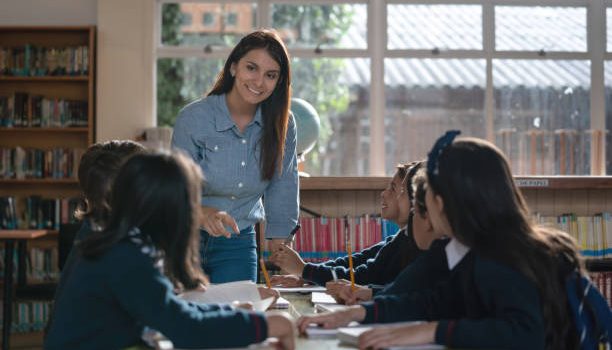
Personalised Learning: Teaching Strategies for Slow Learners
Any difficulty in learning, such as the problems faced by slow learners, can be overcome through patience and a comprehensive understanding of the situation. Common symptoms of slow learning include poor memory, difficulty focusing, reading and writing at a very low pace, lack of coordination, and other delays in learning skills that are usually expected of a young age.
If these issues are constantly observed, it’s time to enrol a child for personalised learning. The operative word is personalised, meaning it’s a focus programme for children specifically tailored based on the cognitive and environmental requirements of each student. Every learning issue varies from one child to another so it’s important that the materials and teaching approach are designed for them at a personal level. This article breaks down the concept of personalised learning into strategies that make it efficient.
- Initial and continuous assessment
The success of personalised learning lies in accurately assessing the child’s current skills and knowing their interests. Diagnostic tests and getting-to-know interactions are the compass that tells where the teacher shall meet the student. The results will determine the strengths and weaknesses of the child, which are essential in pinpointing the areas that need more focus as well as the kind of stimulus the child best responds to. This information is useful and should serve as the blueprint for the entire learning journey of the child.
- Integrating students’ interests
Getting the student involved in the lessons encourages them to engage more and helps them remember the concepts better. Incorporating their interests and hobbies makes every session fun and exciting. It also gives them a sense of control over their learning progress, which can be highly motivational. Seeing themselves in the concepts they study fuels their curiosity and prompts them to push forward and pursue the challenges posed before them.
- Personalised Learning Materials
Learning aids should also reflect the interests of the child to effectively capture their attention and instill the skills they missed due to slow learning. Not only the teaching approach and situational examples should follow the nuances and characteristics exhibited by the student. The flashcards they actually see, audio they hear, and objects they touch must all reflect their hobbies and experiences too. This makes sure that they experience a coherent and holistic learning experience that’s exciting, assistive, and highly informative.
- More Visual and Auditory Cues
Slow learners are typically visual or auditory learners. They absorb concepts better by seeing and hearing, instead of reading, which they have issues with. To make learning successful, it’s essential to add interactive films, shows, and informative audio materials to the lesson. Aside from being enjoyable and engaging, this strategy also allows slow learners to associate abstract and complex concepts with visual and auditory cues. The choice of audio-visual material is just as crucial and must consider the needs of the child.
- Individualised worksheets
Textbooks made for regular students may contain activities and exercises that don’t fit the learning approach and capabilities of a slow learner. Oftentimes, they’re beyond the learner’s capacity, which can overwhelm them and discourage further learning. A focus programme for children ensures that assessment of skills through different activities matches their developing skills. They may need a gentler approach so it’s important to tweak or design worksheets that they are confident to open and answer.
- Diversify the Learning Session
Avoid monotony and losing the interest of the learner by diversifying the learning session. Outline the program and shift from a focused lecture to an engaging discussion with the child, then to an exercise where they have to use the concepts they just discovered. This covers different learning styles, one or some of which could be highly effective for the learner.
- Teach Conscious Effort to Learn
Slow learners experience difficulty grasping new concepts because they also lack the idea of learning per se. Common learning habits like outlining and note-taking, which are essential in comprehension and memorisation, have to be particularly taught to them. Help them get used to these habits to improve learning and retention by means of their own conscious efforts.
- Facilitated Peer Tutoring
Slow learning can also be mitigated with the help of peer tutoring. Facilitated interaction with peers promotes socialisation and better understanding. The tutee can better grasp an idea that’s been put into a simpler and relatable context by a peer. The tutor explaining the lesson to a peer challenges the former to gain a complete grasp of the concept and being able to share it guarantees better retention.
Personalised Learning for Slow Learners
Slow learners encounter various issues that make it difficult for them to develop skills and gain knowledge that are typical of their age. The problems and needs differ for each learner so it’s important to personalise and adjust the learning approach. A focus programme for children ensures that they are taught according to their own pace, learning style, capabilities, and ultimately, interests.